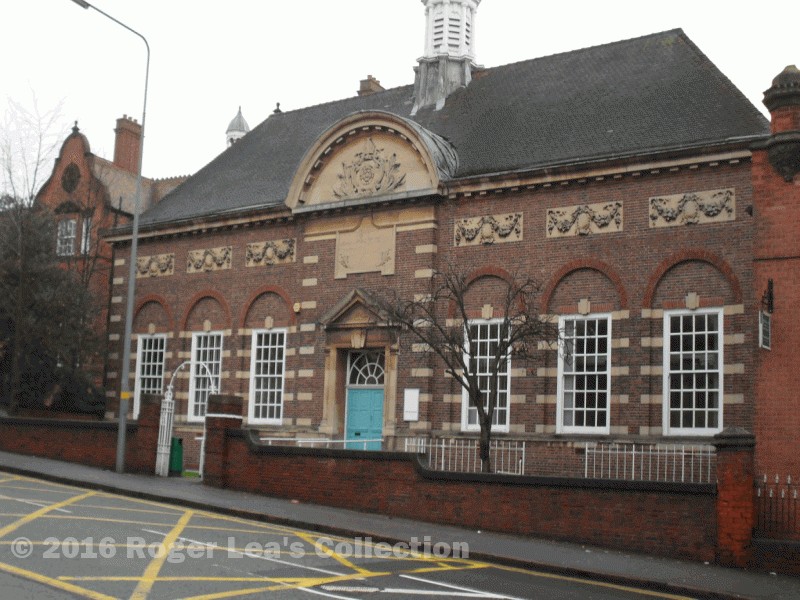Warwickshire County Council was the education authority for Sutton Coldfield in the 1890s. In 1891 the County encouraged Sutton town council (to which most of the local management of education was delegated) to set up a Technical Education committee, (what we know as further education). Adult classes were started in practical subjects – poultry-keeping attracted the largest numbers – at various venues.
In 1897 two Remington typewriters were purchased for the shorthand and typing course, which was held in a spare room at Bishop Vesey’s Grammar School. The grammar school also provided rooms and equipment for carpentry and science courses, and the school had the use of the typewriters and other equipment in return. The County’s education inspectors were not satisfied with these ad hoc arrangements, and on the ninth of February 1900 the Town Council began looking for a site for a technical school.
The site of the former Swan Inn next to the grammar school was eventually chosen, and was presented to the town as a gift. Mr. Titley, a noted local architect, was called in to advise in December 1901. The next month “skeleton woodwork” was erected on the site, for a meeting with the governors of the grammar school, and agreement was reached. In February a competition for architects to design the new school was announced, open only to residents of Sutton, entries to be received by the middle of April 1902, with a first prize of £25.
The judges of the competition received seven entries, and reported on the fifth of June that entry number five was the winner. A fortnight later the architects Crouch and Butler were appointed to invite tenders to build the technical school. Although this was (and still is) a Birmingham firm, Joseph Crouch lived at Seven Gables in Digby Road and Edmund Butler at Top o’ the Hill in the Driffold, so they qualified as Sutton residents. Many of the houses they designed in Sutton are now listed buildings for their architectural merit, and the School of Art (as the technical school became known) is also Grade II listed.
The building progressed, well within budget - the architects even found they could use more expensive materials than originally planned - the final cost being £3762. 6s. 9d. One hundred and sixty-nine students enrolled for the first courses at the school in September 1904.
